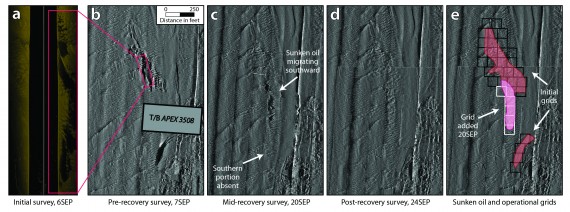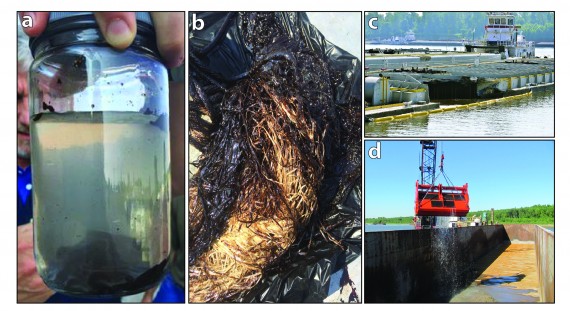RPI has extensive expertise in the detection, containment, and recovery of nonfloating oil (includes both oil on the bottom and submerged in the water column). We have responded to many of the spills where a significant amount of the oil did not float, from the 1993 T/B Morris J. Berman spill in Puerto Rico, to the Enbridge Pipeline spill in the Kalamazoo River, to the 2015 T/B Apex 3508 in the Mississippi River. Dr. Jacqueline Michel was on the National Academies Committee that published the seminal 1999 report on Nonfloating Oils. RPI staff have published extensively on nonfloating oil spill response methods. In 2016, RPI was the lead on the American Petroleum Institute (API) study that generated a Technical Report and Operations Guide Sunken Oil Detection and Recovery, and the 2017 report on Options for Minimizing Environmental Impacts of Inland Spill Response, which deals with submerged oil detection, containment, and recovery
These API reports are available at: http://www.oilspillprevention.org/oil-spill-research-and-development-cente.
(Top) Acoustic backscatter images acquired with side scan sonar during the T/B Apex incident; lower backscatter is shown by darker colors. (Bottom) Images from the T/B Apex incident: a) tailgate test with the spilled clarified slurry oil and river water, showing that it would sink in low currents; b) bottom sample with oil collected on snare; c) damage to T/B Apex barge; d) environmental clamshell used during removal operations. A large amount of the spilled oil was recovered from the river bottom.


